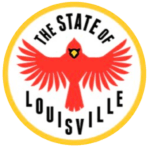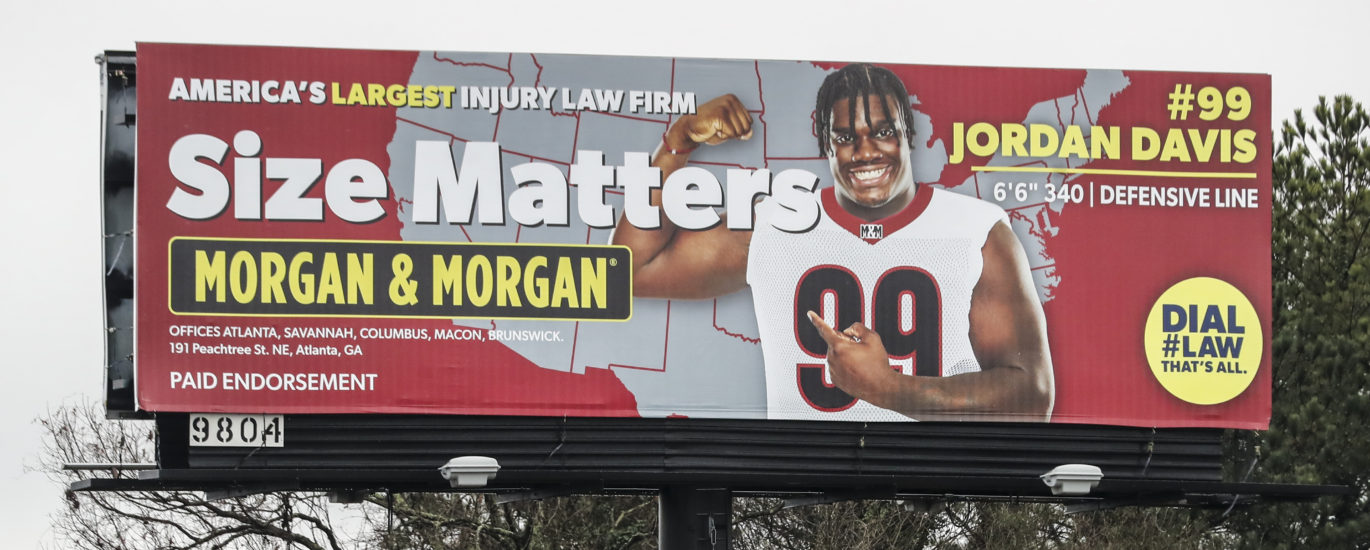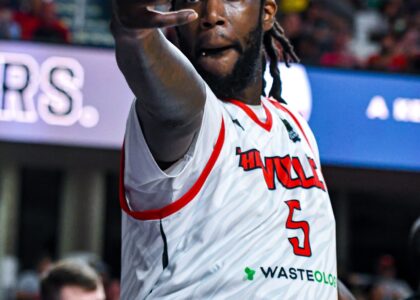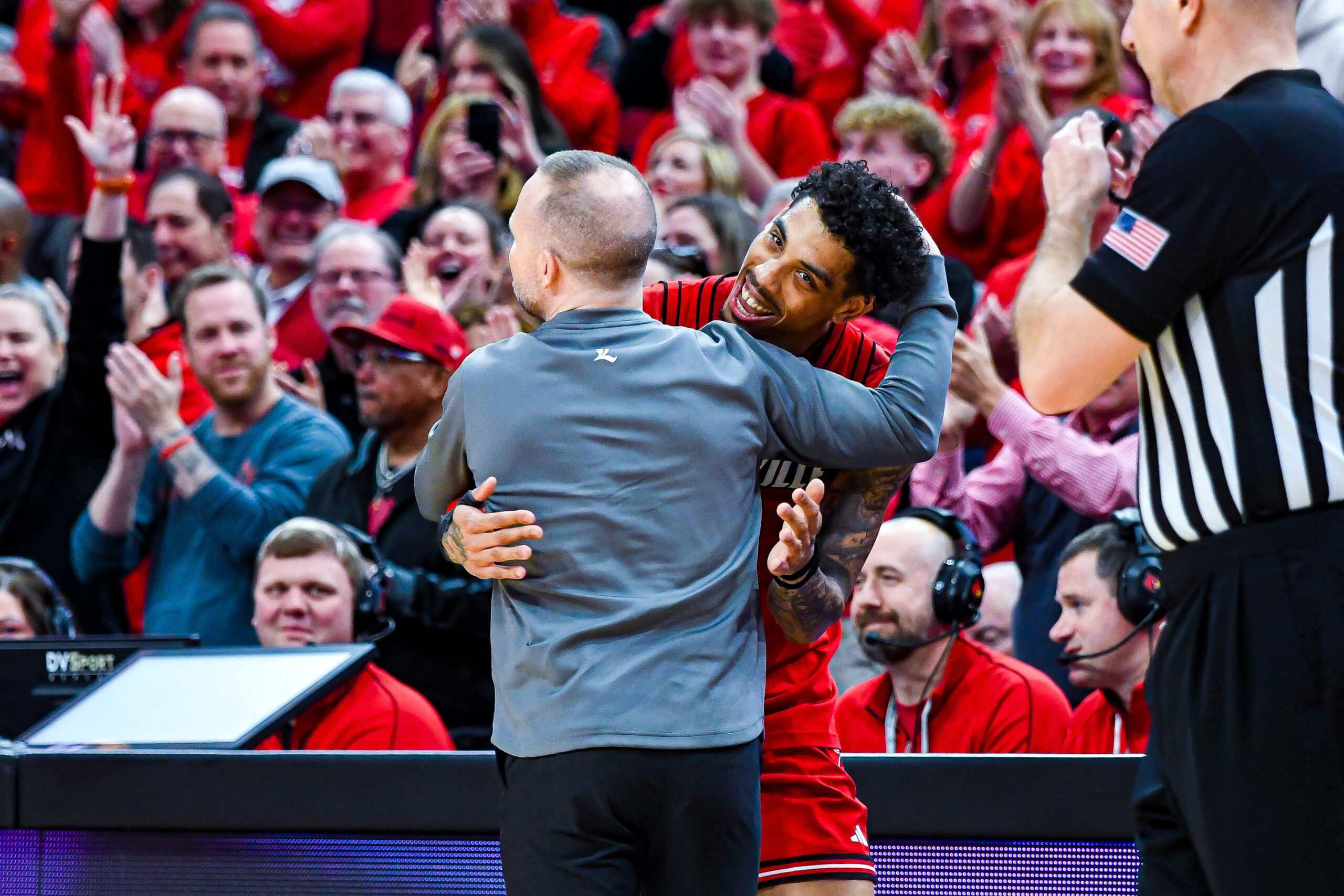How the NCAA Name, Image, and Likeness rules became the “Wild Wild West” and what the NCAA is doing to curtail the issues.
“It’s like the Wild Wild West right now.”
That phrase has tattooed itself onto the tongues of anyone who claims to follow college sports over the last year, as we (some more enthusiastically than others) have welcomed a new age of Name, Image, and Likeness (NIL) policies to the NCAA.
It has certainly been interesting to see how quickly the landscape of college sports has turned on a dime and become a new animal for administrations, coaches, players, and fans alike to tackle.
Not everyone agrees that this new landscape is generally a good thing for college sports.
Of course, just like those coaches and fans who are wary of NIL’s impact, there were those Americans who were vocally uncomfortable with the westward expansion of their country in the nineteenth century.
Mark Twain’s 1845 short story “The Californian’s Tale,” tells a tale of the harsh realities that too often consumed Americans who, lured by the supposedly rich prospects of Manifest Destiny, headed west to seek uncertain fortune. On the other hand, a much larger contingent of Americans saw the West as virgin land which God had provided for them to settle.
Despite the parables writers like Twain attempted to impart on their fellow countrymen and warnings heeded against NIL with few guiding policies, the Wild Wild West was born; Then in the United States, and now in the NCAA.
One thing about the long-fabled American Wild Wild West that we tend to forget nowadays? It came to an end. Its legacy is one of a bygone era from which we as Americans now build nostalgic fantasies based on hyperbole.
How the NCAA is trying to change things
With the NCAA’s new guidance on NIL being delivered on Monday, May 9, they may have taken the first steps that bring their very own Wild Wild West era to an end.
But is it enough?
Aimed at ending “collective” (in many cases, booster) money payouts to players (which the NCAA has never explicitly regarded as valid NIL payment), the NCAA’s memo is short and sweet, and you can read it in its entirety here (via NCAA.com).
While no seminal new rules are being issued within this release, many rules that were already in existence have been clarified and reiterated. Booster collectives may not use prospective NIL deals to lure recruits to their university. Boosters should not have any contact with recruits. Again, these rules are not new, and there is nothing in the interim NIL guidance’s language to suggest these rules had changed.
Perhaps most significantly, the NCAA enforcement staff have been instructed to investigate possible payments from booster collectives immediately, “pursu[ing] only those actions that clearly are contrary to the published interim policy, including the most severe violations of recruiting rules or payment for athletics performance.” With that in mind, a small contingent of schools could be in hot water.
Ultimately, the most striking facet of this memo is its timing. Why wait nine months to reiterate the fact that rules surrounding the relationship boosters may have with student-athletes have not changed? Why not enforce your own rules from the get-go?
Keep in mind that all of the NCAA’s guidance on NIL is interim as we wait for a more comprehensive plan from Congress and watch as state legislatures pass their own various incarnations of NIL bills.
Yes, it is true the NCAA moved NIL forward without a long-term plan in mind. Yes, it is true NCAA President Mark Emmert recently announced he is stepping down from his role. Yes, it is unlikely the NCAA would have even moved forward with NIL unless they felt they had no other choice. Yes, two thirds of D-1 men’s basketball players will now transfer at some point in their career.
In the NCAA, much like in America’s Wild Wild West, long-term planning and strong leadership have too often been put on the backburner in favor of “sticking to one’s guns.” However, the NCAA’s recent changes to the very definition of “amateur student-athletes” can only be seen as a positive development for those involved, andvery well one day be seen as the NCAA’s saving grace as an organization.
Student-athletes undoubtedly own their own name, image, and likeness, but that does not entitle them to “the bag” from booster collectives; on this stance, it is difficult to disagree with the NCAA. In the post-Emmert NIL era, the NCAA has a great opportunity to rehabilitate its image–not as the “Wild Wild West,” but as an organization that acknowledges the rights of student-athletes and gives them all the resources needed to grow into tomorrow’s leaders that we so desperately need.





